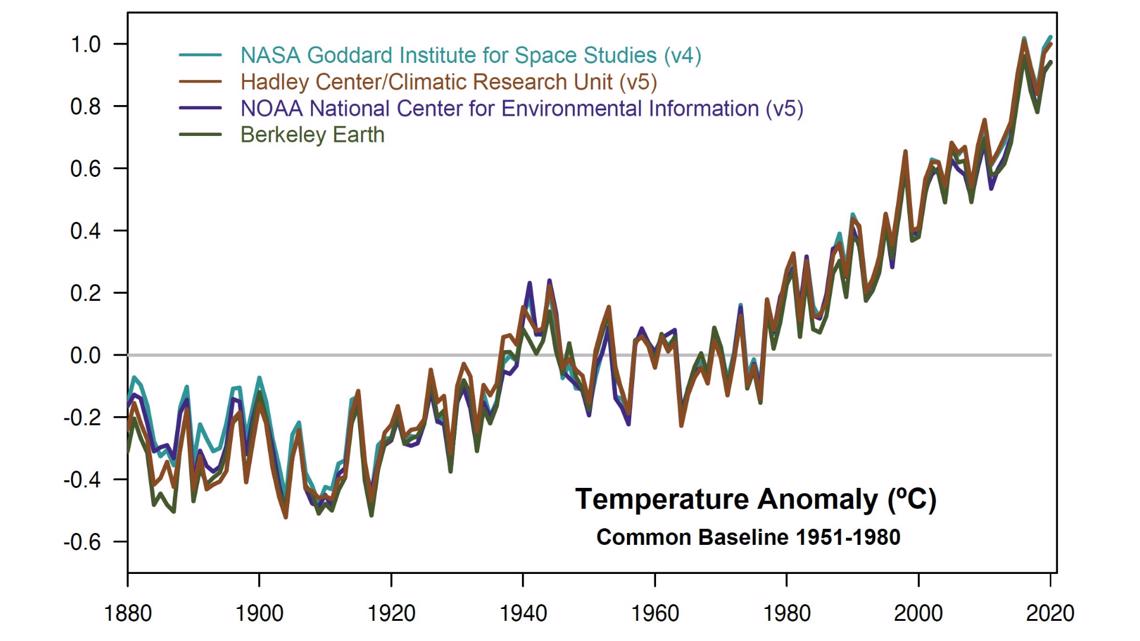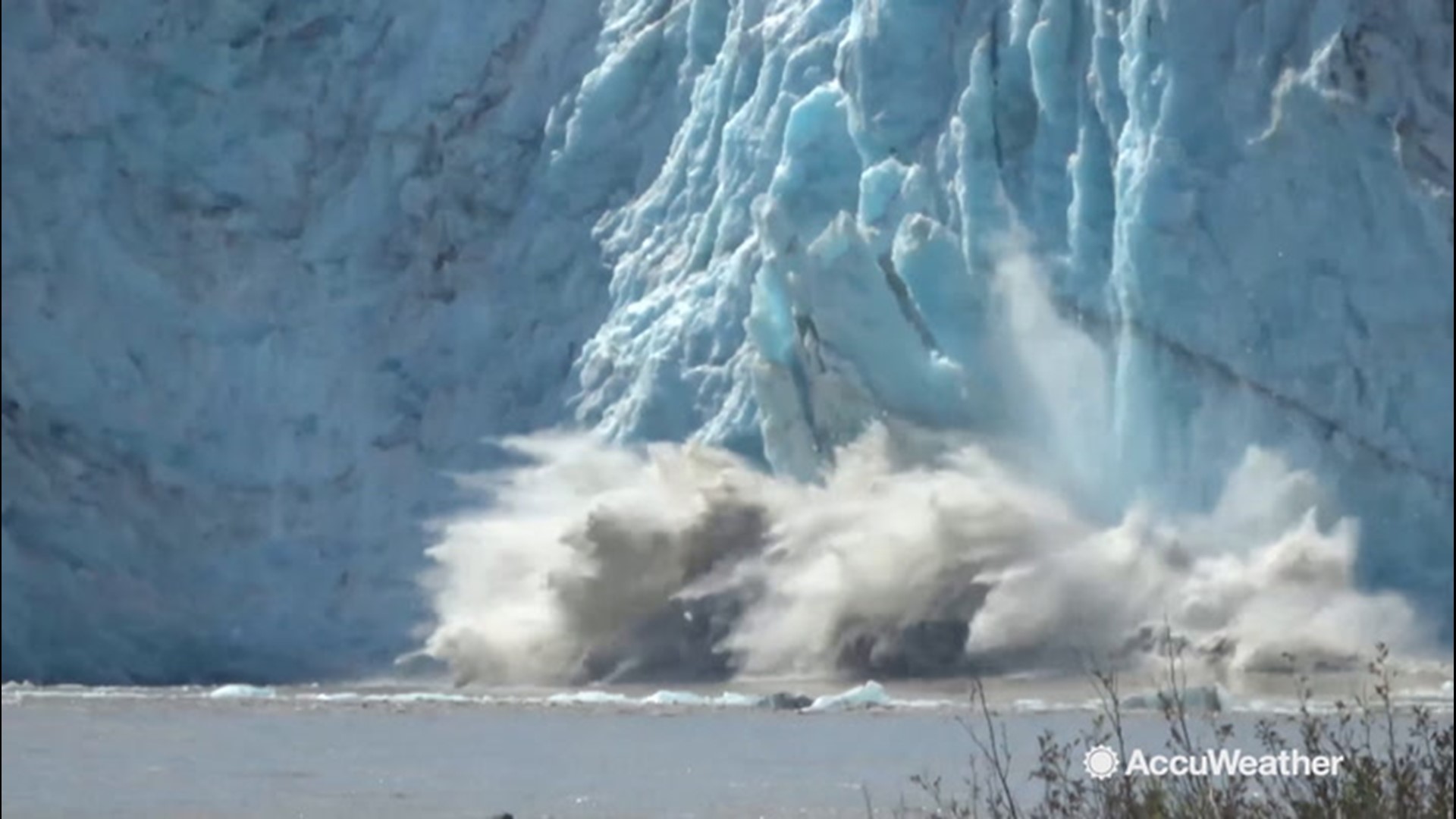While much of the world was sheltered indoors during 2020, many may have missed what turned out to be a record-breaking year for reasons not related to the coronavirus. According to data from NASA, the year tied 2016 for the highest globally averaged temperatures in recorded history.
Although that warmth may not have been spread evenly throughout the world, those with air conditioners may have some extra gratitude about being stuck inside.
By NASA's calculations, 2020 just narrowly eclipsed 2016 for hottest year of all time, while data from the U.S. National Oceanic and Atmospheric Administration (NOAA) suggests that 2016 was just barely warmer. However, the overall picture remains the same: This past year was a sweltering one for the record books.


Because the margin was so slim and scientists account for uncertainties, NASA reported that this year's global temperature average would be tied with 2016's for warmest ever.
"Continuing the planet's long-term warming trend, the year's globally averaged temperature was 1.84 degrees Fahrenheit (1.02 degrees Celsius) warmer than the baseline 1951-1980 mean, according to scientists at NASA's Goddard Institute for Space Studies (GISS) in New York," the space agency announced in a statement. "2020 edged out 2016 by a very small amount, within the margin of error of the analysis, making the years effectively tied for the warmest year on record."
GISS Director Gavin Schmidt said in the NASA statement that more important than the one-year record is the ongoing warming trend.
But what was behind the rising temperatures?
"Clearly, the continued, steady climb of man-made greenhouse gas emissions into the Earth's atmosphere has been the primary contributor to the record warmth," AccuWeather Senior Meteorologist Brett Anderson said. "The world's oceans absorb a lot of excess heat and once again global sea-surface temperatures averaged well above normal for 2020."
Anderson, who previously wrote about the topic in November when NASA and NOAA released preliminary data, said 2020 was a neutral year in terms of El Niño and La Niña, meaning that the ocean's water temperatures weren't influenced by the recurring climate patterns.
The year began on the back end of an El Niño, which has a warming influence on the Earth's atmosphere, and ended on the front end of a La Niña, which can have a cooling influence on temperatures, Anderson explained.
"So we are pretty confident that the ENSO (El Niño Southern Oscillation) had little or nothing to do with the record warmth," he said. "The solar cycle is also near the minimum, so that did not play a role either."
Schmidt added that 2016, the previous record warm year, did have a significant boost from El Nino.
"The lack of a similar assist from El Niño this year is evidence that the background climate continues to warm due to greenhouse gases," Schmidt said.
An area of particular concern for Anderson is in the Arctic. There, he said, sea ice continues to thin and diminish. This allows more energy from the sun to be absorbed into the region, thus leading to higher temperatures in the coldest portion of the world.
According to Anderson, the Arctic has been warming at more than twice the rate as the rest of the planet.
The results of that warming aren't just found in the record books, either. In multiple areas of the world, melting permafrost has revealed multiple fossilized remnants from tens of thousands of years ago. Long-extinct animals such as woolly rhinos have been discovered in Siberia while a wolf pup from more than 50,000 years ago was discovered in Canada.
Permafrost is a permanently frozen layer of soil that has been frozen for a long period of time, sometimes several thousand years. The melting of it is an indication of extreme changes.
Tracking the temperature changes in the Arctic is one of the key differences between how NASA and NOAA process data. Unlike NASA, NOAA also does not infer temperatures in polar regions lacking observations, NASA said in its statement.
Going forward, Anderson and Schmidt both said they have no reason to believe this is a record that won't continue to be broken. This current year, despite being only a couple of weeks old, could already be on its way into the record books.
"Six of the last six years have been the warmest on record globally," Anderson said. "I see no reason why 2021 will not rank in the top five warmest on record."

